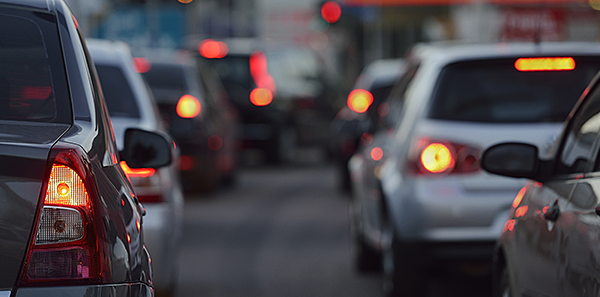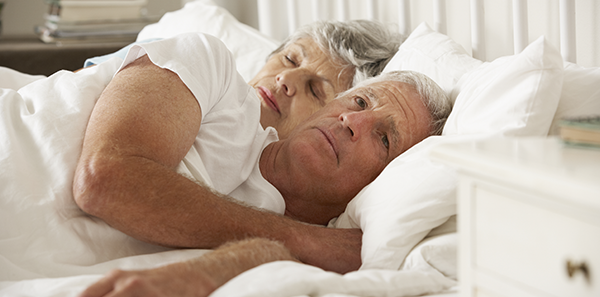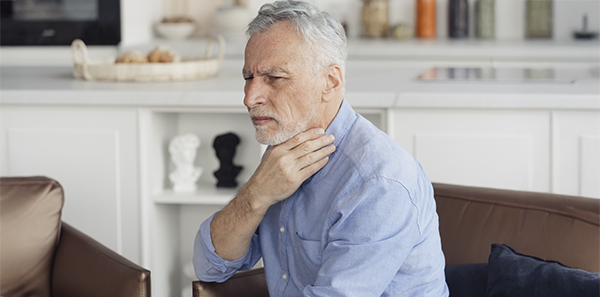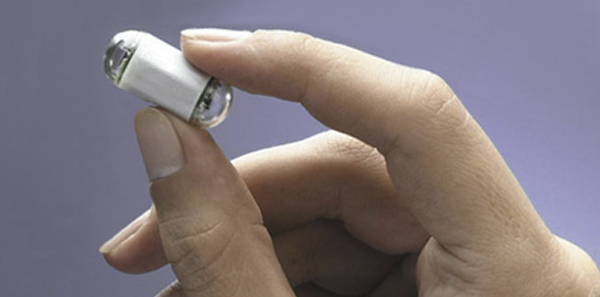
Noise pollution is a large environmental issue in large urban centres. This takes place when sound changes normal hearing conditions in a certain setting. Although it does not accumulate in the environment like other kinds of pollution, it seriously harms the body and quality of life, so it is considered a public health issue all throughout the world.
For the World Health Organisation (WHO), sound at 50 dB jeopardises communication, and at more than 55 dB, can cause stress and other negative effects. When it reaches 75 dB, the noise poses a risk of hearing loss (decreased auditive acuity) if the individual is exposed to it for eight-hour periods. Some of noise pollution’s negative effects on human beings are listed below: Stress. Depression. Insomnia. Aggressiveness. Loss of focus. Memory loss. Headache. Fatigue. Tinnitus or ringing of the ears. Temporary or permanent hearing loss. Deafness.
There are a vast variety of noise-producing sources, such as bars, night clubs, airports, industries, vehicle engines, electrical appliances, working environment: Dripping tap (20 dB). Refrigerator (30 dB). Normal human voice (60 dB). Transit (80 dB). Hair dryer (95 dB). Portable music players at top volume (up to 115 dB). Works with jackhammers (120 dB). Night clubs (130 dB). In our society, we have a problem that is growing worse over time, due to excess noise, affinity for firecrackers, guns, hunting, pyrotechnics, etc. The noise level they create is such that they cause hearing trauma that can never be reversed. This is why it is important to prevent them insofar as it is possible.
Acute hearing trauma occurs due to exposure to intense noise, with partial destruction of the inner ear, or total destruction in certain cases. Chronic hearing trauma (occupational deafness) is defined as deterioration in hearing caused by industrial noise. As stated, there is no treatment, so the only one in existence must be PREVENTION. Hearing protection must be used for industrial noises or for certain work, and situations with extreme noise should be avoided as much as possible. Inner earbuds or earpieces are not very advisable, given the short distance from the emitting source to the receptor. Defensive reflexes cannot take action. In compromising situations, any earplug may be used, as they reduce noise intensity by 20-30 dB.
Dr. Alfonso Aracil Especialista en Otorrinolaringología Specialist in Otorrhinolaryngology
The information published in this media neither substitutes nor complements in any way the direct supervision of a doctor, his diagnosis or the treatment that he may prescribe. It should also not be used for self-diagnosis.
The exclusive responsibility for the use of this service lies with the reader.
ASSSA advises you to always consult your doctor about any issue concerning your health.












